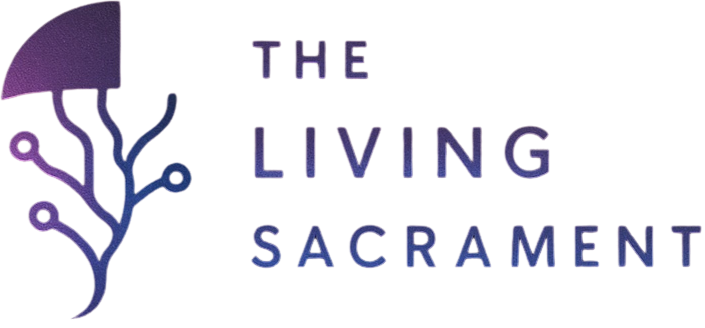If you’ve ever wondered whether psilocybin, the active ingredient in magic mushrooms, shows up on a drug test, you’re not alone. A lot of people are surprised to learn that while psilocybin can technically be detected, it’s rarely included in routine testing. The short version? Unless someone’s specifically looking for it, they probably won’t find it.
The Quick Science
When you take psilocybin, your body quickly converts it into psilocin, the compound that actually causes the psychedelic effects. Psilocin doesn’t hang around long. Within about 24 hours, most of it has already been broken down and flushed out of your system through urine.
That short detection window makes it difficult for standard tests to catch. Plus, typical workplace panels don’t even look for psilocybin or psilocin, they’re focused on substances like THC, opioids, and stimulants that pose more significant side effects.
So, Can It Be Found If Someone Tries?
Yes, but it takes some serious lab gear.
Researchers use advanced tools such as liquid chromatography and mass spectrometry to identify psilocybin and psilocin in biological samples. These methods can detect even tiny amounts, sometimes down to just a few nanograms per milliliter.
A review of detection methods confirmed that psilocybin and psilocin can be found in blood, urine, and even hair when highly sensitive tests are used. In other words, if a lab is determined to find it, they can. But most testing agencies aren’t running those kinds of analyses unless it’s for research or forensic work.
What About Hair Tests?
Hair testing sounds like it might catch anything, but psilocybin doesn’t make that easy. A 2020 study showed that psilocin can sometimes be detected in hair using ultra-sensitive testing (UHPLC–MS/MS), though results were inconsistent and levels were extremely low.
Because psilocybin breaks down so fast, it doesn’t bind well to keratin (the protein that makes up hair). That means hair analysis isn’t reliable for tracking magic mushroom use.
Can Food Tests Catch It?
Interestingly, yes. Scientists have even developed forensic methods to identify psilocybin in edible products like mushroom chocolates and teas. One study using advanced chromatography successfully spotted trace amounts of psilocybin in mixed samples. So, while psilocybin isn’t easy to trace in humans after ingestion, testing the actual product is a different story.
Why It’s Rarely Tested For
There are two big reasons:
- It’s not a priority. Drug tests target substances that are addictive or cause major public health risks. Psilocybin doesn’t fit that profile.
- It’s expensive. Running mass spectrometry tests takes time, equipment, and specialized staff, things routine screenings don’t have.
Because of that, only research institutions, hospitals, or forensic labs tend to test for psilocybin, usually to confirm cause of intoxication or for academic purposes.
How Long It Stays Detectable
Here’s a rough breakdown:
- Blood: Up to 6 hours
- Urine: Up to 24 hours
- Saliva: Not commonly tested, but similar to urine
- Hair: Weeks or months, though results are unreliable
If you were to take mushrooms today, they’d likely be completely undetectable by tomorrow (as explained in Can Psilocybin Show Up in a Urine Test?).
The Bottom Line
Yes, psilocybin can be tested for, but almost no one’s looking for it. Specialized labs can detect it in urine, blood, or even hair for a short time, but your average drug screen won’t.
In everyday scenarios like employment checks, school programs, or most legal screenings, psilocybin flies under the radar. The science is there, but the demand isn’t.
Sources:
- Katarzyna Stebelska (2014). Assays for Detection of Fungal Hallucinogens Such as Psilocybin and Related Molecules.
- Liying Zhou et al. (2021). Sensitive Quantitative Analysis of Psilocin and Psilocybin in Hair Samples. Forensic Toxicology (Springer)

